10 Best Herbal Decoctions For Ringworm
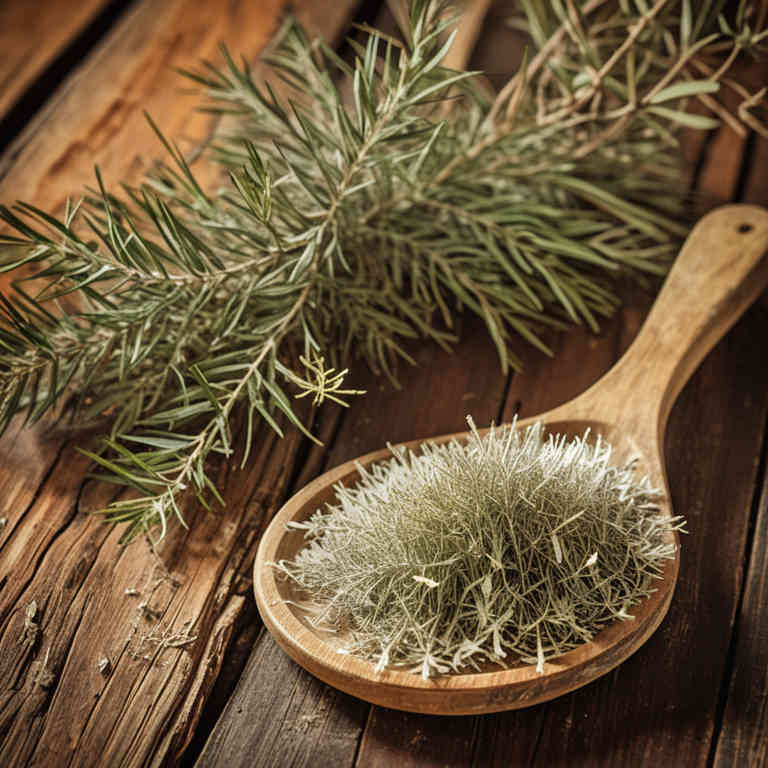
Herbal decoctions have been traditionally used to treat ringworm, a fungal infection of the skin, by harnessing the antifungal properties of various plants.
Common herbs such as garlic, tea tree oil, and echinacea are often incorporated into these decoctions due to their natural antimicrobial effects. To prepare a decoction, the herbs are typically boiled in water for an extended period to extract their active compounds. The resulting liquid can be applied topically to the affected area several times a day to help reduce fungal growth and soothe inflammation.
While herbal decoctions may offer a natural alternative to conventional treatments, it is important to consult a healthcare professional to ensure safety and effectiveness, especially for persistent or severe cases of ringworm.
FREE Herb Drying Checklist
How to make sure every batch retains maximum flavor, color, and aroma without the risk of mold or over-drying. Eliminate guesswork and trial-and-error, making herb drying faster, easier, and more efficient every time.
Table of Contents
1. Hypericum perforatum
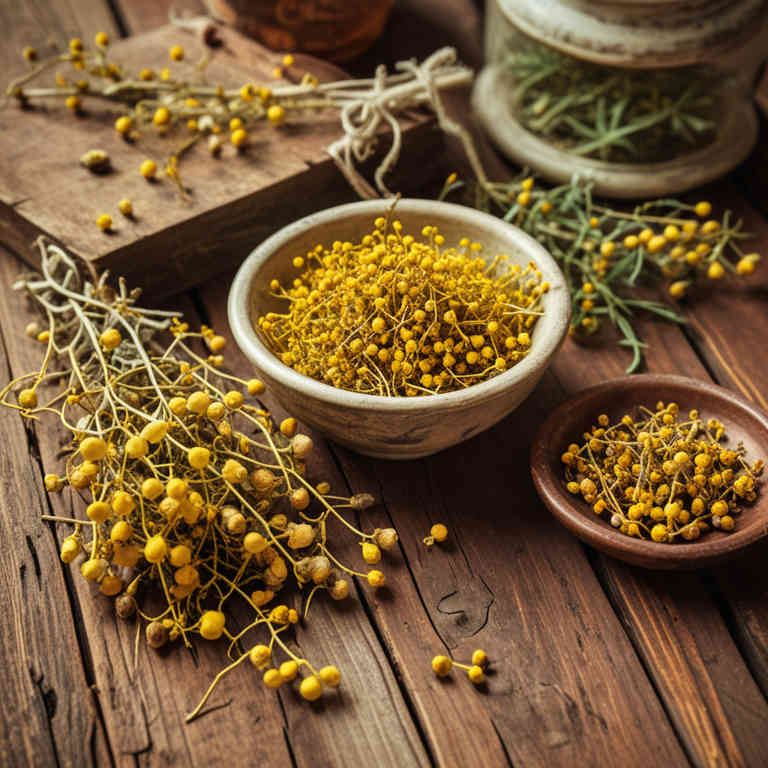
Hypericum perforatum, commonly known as St. John's wort, is a herbal plant traditionally used for its anti-inflammatory and antifungal properties.
While it is more widely recognized for treating mild depression, some studies suggest that its active compounds, such as hypericin and hyperforin, may have potential antifungal effects. For ringworm, a fungal infection of the skin, hypericum perforatum herbal decoctions can be prepared by boiling the dried plant material in water to create a potent infusion. This decoction can then be applied topically to the affected area to help reduce fungal growth and soothe inflammation.
However, it is important to consult a healthcare professional before using St. John's wort, as it may interact with certain medications and is not a substitute for conventional antifungal treatments.
2. Echinacea purpurea
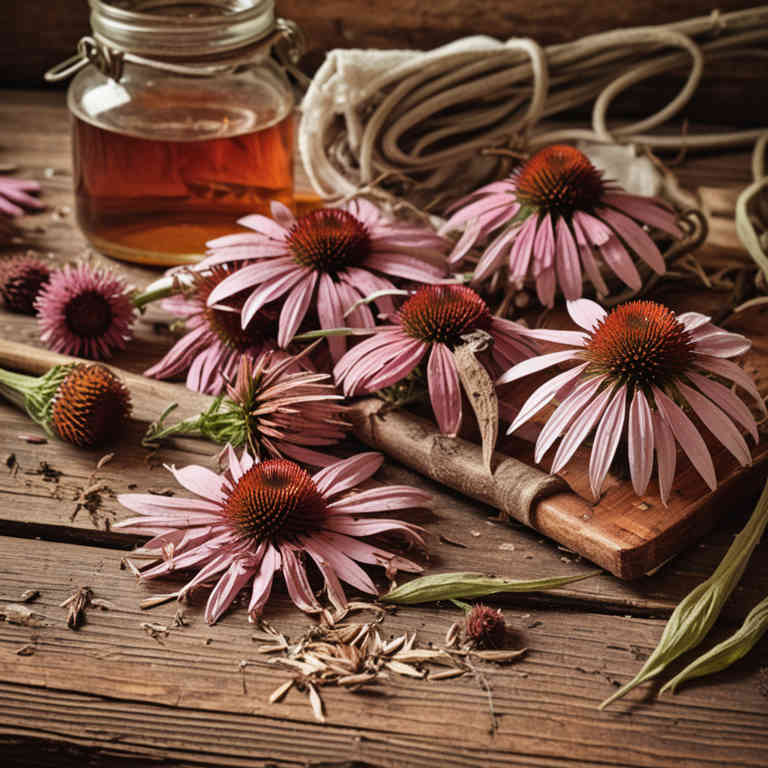
Echinacea purpurea, commonly known as purple coneflower, has been traditionally used in herbal medicine for its potential antimicrobial properties.
While it is often promoted for boosting the immune system and treating colds, its effectiveness against fungal infections like ringworm remains inconclusive. Some studies suggest that echinacea may have antifungal properties due to its bioactive compounds, such as alkamides and polysaccharides. However, there is limited clinical evidence supporting its use as a primary treatment for ringworm.
As a result, it is generally recommended to consult a healthcare provider for proper diagnosis and treatment options, especially for persistent or severe cases of ringworm.
3. Cnicus benedictus

Cnicus benedictus, commonly known as St. John’s Wort, has been traditionally used in herbal medicine for its potential antifungal properties.
Herbal decoctions made from the dried flowers and leaves of Cnicus benedictus are believed to help alleviate symptoms of ringworm due to their ability to inhibit fungal growth. The active compounds, such as hypericin and hyperforin, may contribute to its antifungal effects by disrupting fungal cell membranes. To prepare the decoction, the plant material is typically boiled in water for several minutes and then strained.
While some anecdotal evidence supports its use, it is important to consult a healthcare provider before using Cnicus benedictus as a treatment for ringworm, as it may interact with other medications.
4. Teucrium polium
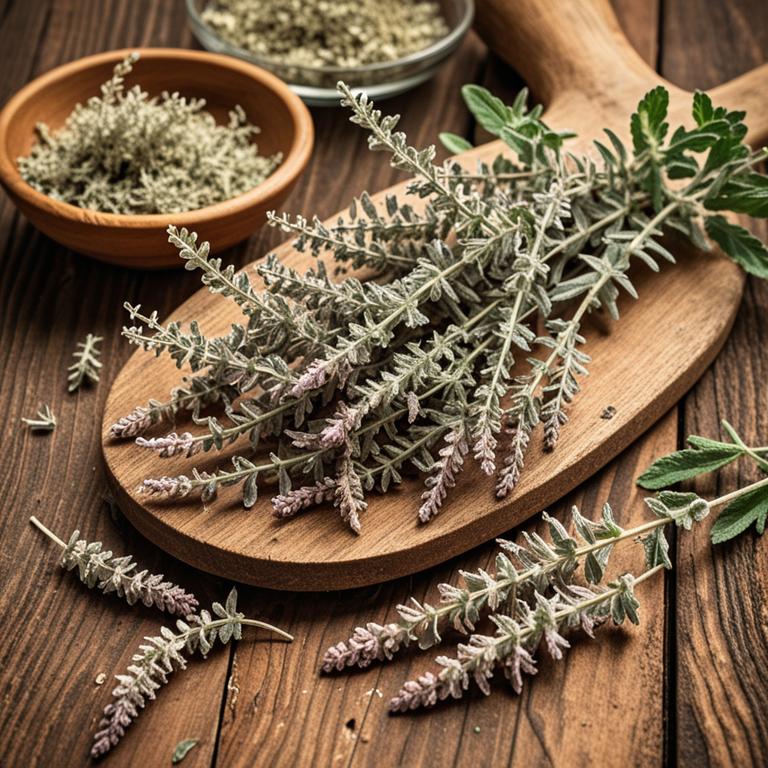
Teucrium polium, commonly known as summer sweet or cat's ear, has been traditionally used in herbal medicine for its potential antifungal properties.
Herbal decoctions made from the dried leaves and flowers of Teucrium polium are believed to help treat fungal infections such as ringworm due to the presence of compounds like flavonoids and tannins. These decoctions are often prepared by boiling the plant material in water and applying the resulting liquid topically to the affected skin areas. While some preliminary studies suggest its efficacy against dermatophytes, more research is needed to confirm its effectiveness and safety for treating ringworm.
As with any herbal remedy, it is advisable to consult a healthcare professional before use, especially if symptoms persist or worsen.
5. Urtica dioica
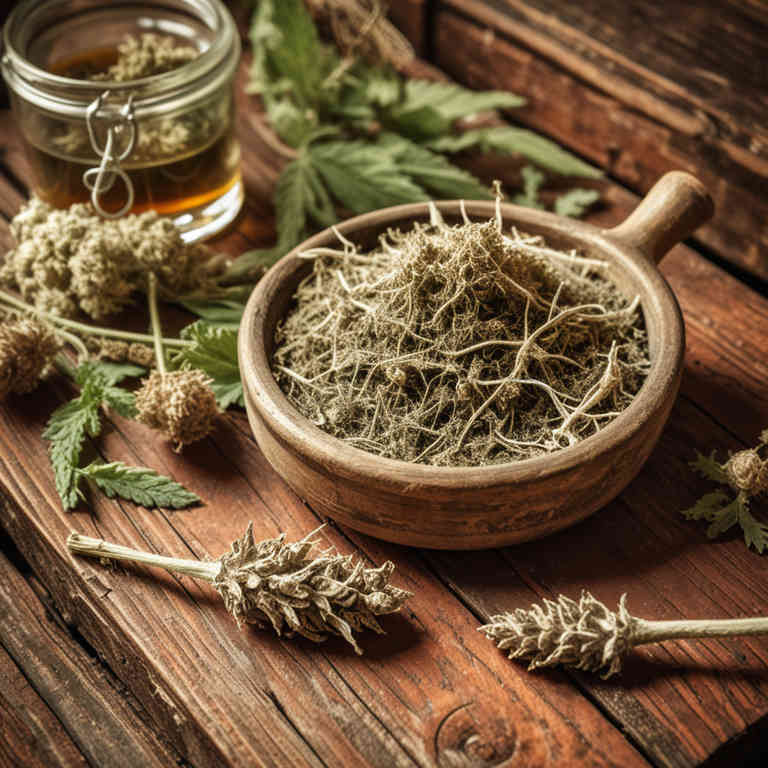
Urtica dioica, commonly known as stinging nettle, has been traditionally used in herbal medicine for its potential antifungal properties.
A decoction of Urtica dioica can be prepared by simmering the dried leaves in water for several minutes, allowing the active compounds to infuse into the liquid. This herbal preparation may help in treating ringworm due to its high content of minerals, flavonoids, and other bioactive substances that may inhibit fungal growth. However, while some anecdotal evidence supports its use, scientific research on its efficacy against ringworm is limited.
It is important to consult a healthcare professional before using stinging nettle decoctions, especially if you have underlying health conditions or are taking other medications.
6. Lavandula angustifolia
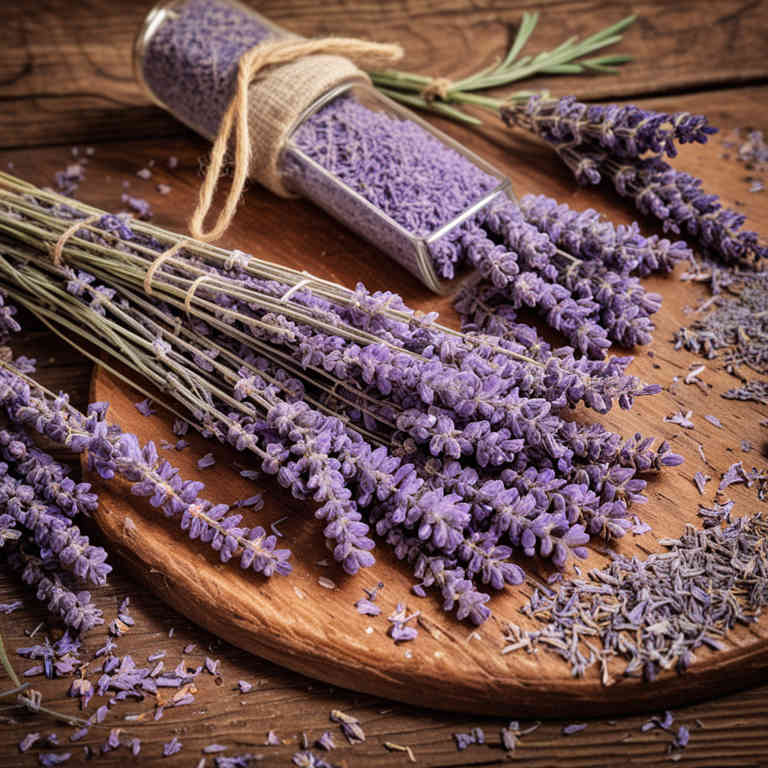
Lavandula angustifolia, commonly known as English lavender, has been traditionally used in herbal medicine for its antifungal and antiseptic properties.
Herbal decoctions made from lavender can be applied topically to affected skin areas to help alleviate symptoms of ringworm, a fungal infection caused by dermatophytes. The essential oils and compounds in lavender, such as linalool and lavandulol, exhibit antimicrobial activity that may inhibit the growth of fungi. To prepare a decoction, lavender flowers are simmered in water, and the resulting liquid is cooled and applied to the rash.
While lavender decoctions may offer some relief, they should not replace professional medical treatment, especially for persistent or severe cases of ringworm.
7. Teucrium marum
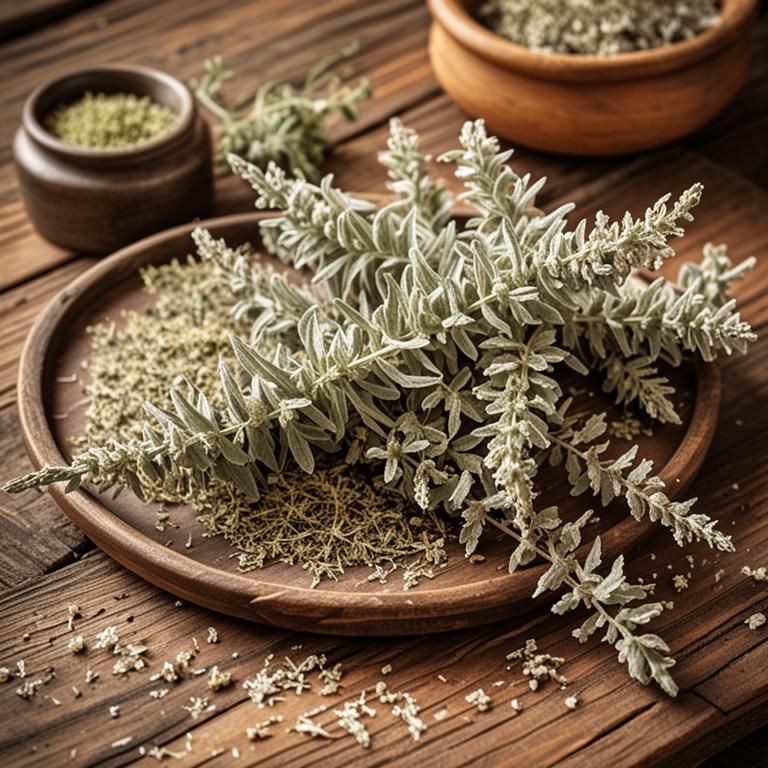
Teucrium marum, commonly known as redstem verbena, has been traditionally used in herbal medicine for its potential antifungal properties.
A herbal decoction of Teucrium marum can be prepared by simmering the dried leaves and stems in water for several minutes, allowing the active compounds to infuse into the liquid. This decoction has been historically applied topically to treat fungal infections such as ringworm due to its antimicrobial and anti-inflammatory effects. While some anecdotal evidence suggests its efficacy, scientific research on its specific effectiveness against ringworm is limited.
As with any herbal remedy, it is advisable to consult a healthcare professional before use, especially for persistent or severe infections.
8. Aloe barbadensis
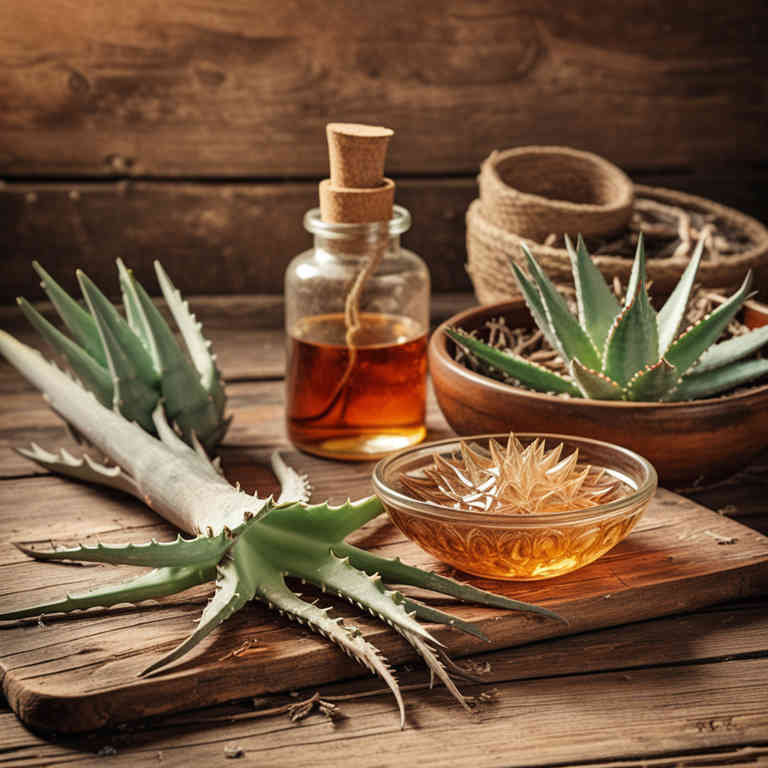
Aloe barbadensis, commonly known as aloe vera, has been traditionally used for its soothing and antimicrobial properties, making it a potential candidate for treating ringworm, a fungal infection of the skin.
Herbal decoctions made from aloe vera leaves involve simmering the gel or pulp in water to extract its active compounds, which may help reduce inflammation and inhibit fungal growth. While some preliminary studies suggest that aloe vera may have antifungal effects, more research is needed to confirm its efficacy against dermatophytes, the fungi responsible for ringworm. Due to the lack of standardized dosages and clinical trials, aloe barbadensis should not be used as a sole treatment for ringworm without consulting a healthcare professional.
It may be used as a complementary therapy alongside conventional antifungal treatments to enhance healing and comfort.
9. Thymus vulgaris
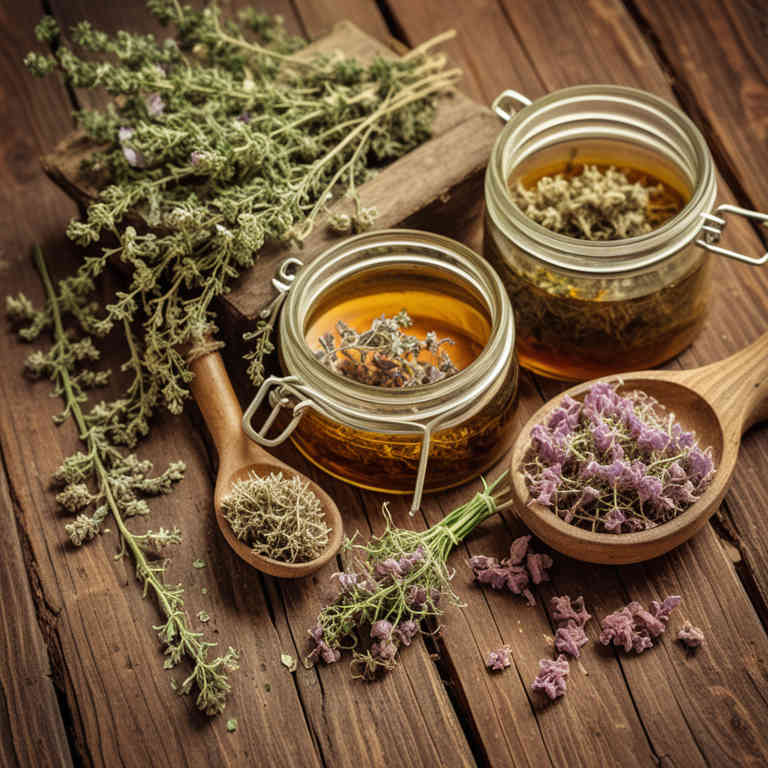
Thymus vulgaris, commonly known as thyme, has been traditionally used in herbal medicine for its antimicrobial and antifungal properties.
A thyme herbal decoction can be prepared by steeping the dried leaves in hot water for several minutes, creating a potent infusion. This decoction is believed to help combat fungal infections such as ringworm due to its high concentration of thymol, a compound with strong antifungal activity. Some studies suggest that thyme may inhibit the growth of dermatophytes, the fungi responsible for ringworm.
While thyme decoctions can be a complementary treatment, they should not replace conventional medical therapies without consulting a healthcare professional.
10. Sanguinaria canadensis
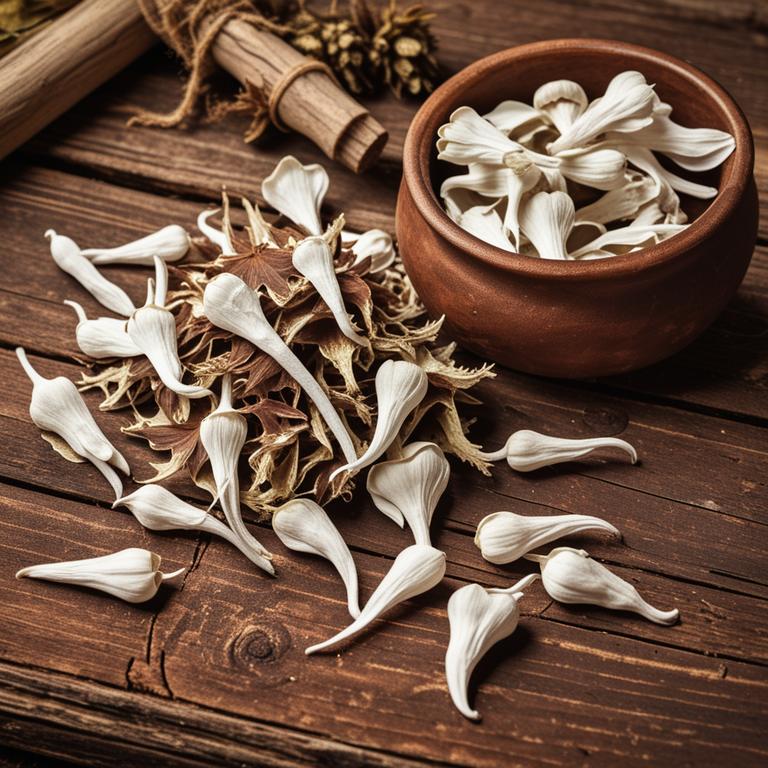
Sanguinaria canadensis, also known as bloodroot, has been traditionally used in herbal medicine for its antifungal properties, including potential applications in treating ringworm.
The plant contains compounds such as sanguinarine, which exhibit antimicrobial and antifungal effects that may help combat the dermatophyte fungi responsible for ringworm. To prepare a decoction, the roots are typically boiled in water for several minutes, then strained and applied topically to the affected area. While some anecdotal evidence supports its use, scientific research on its efficacy for ringworm is limited, and it is often recommended to consult a healthcare professional before use.
As with any herbal remedy, potential side effects and interactions should be carefully considered.